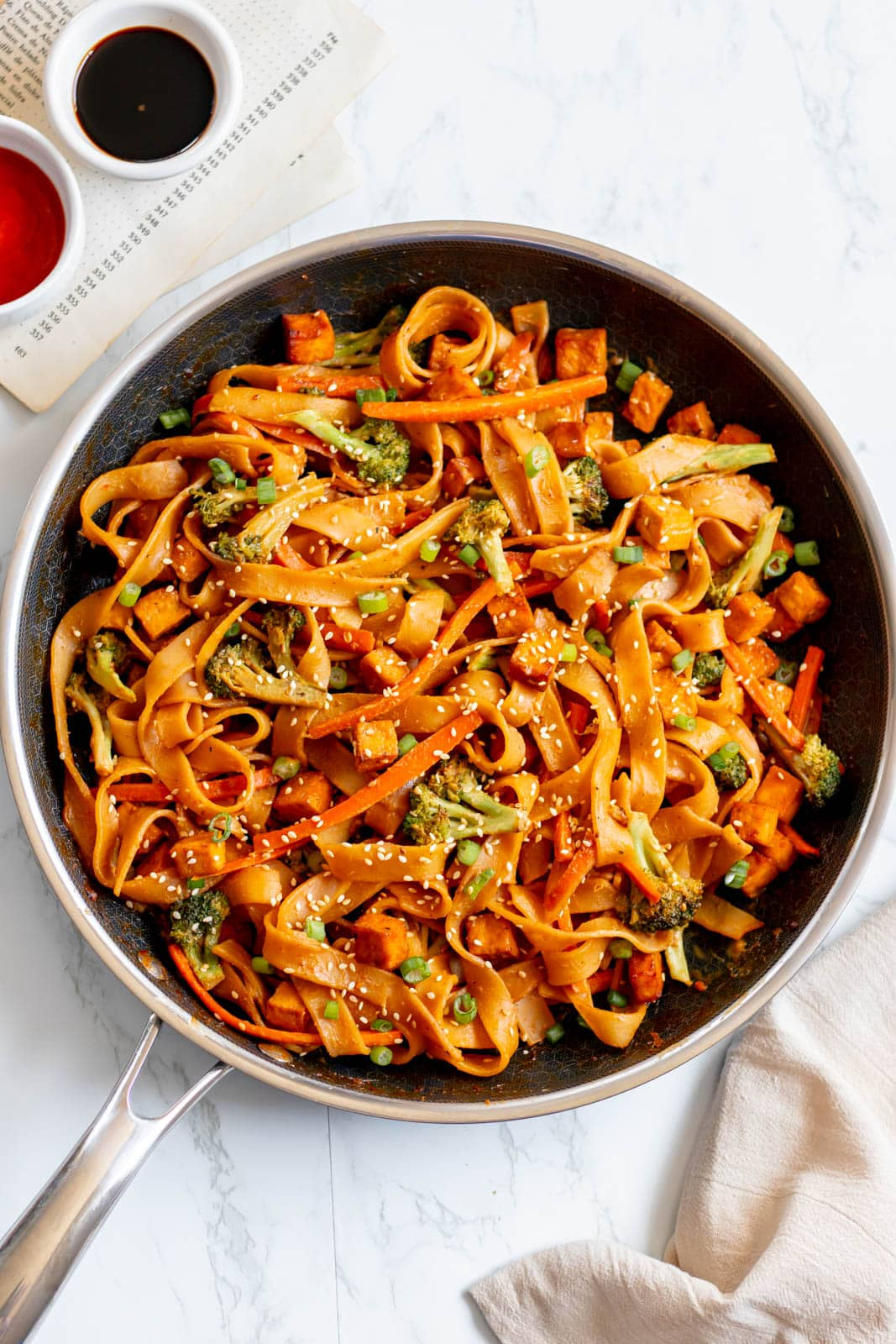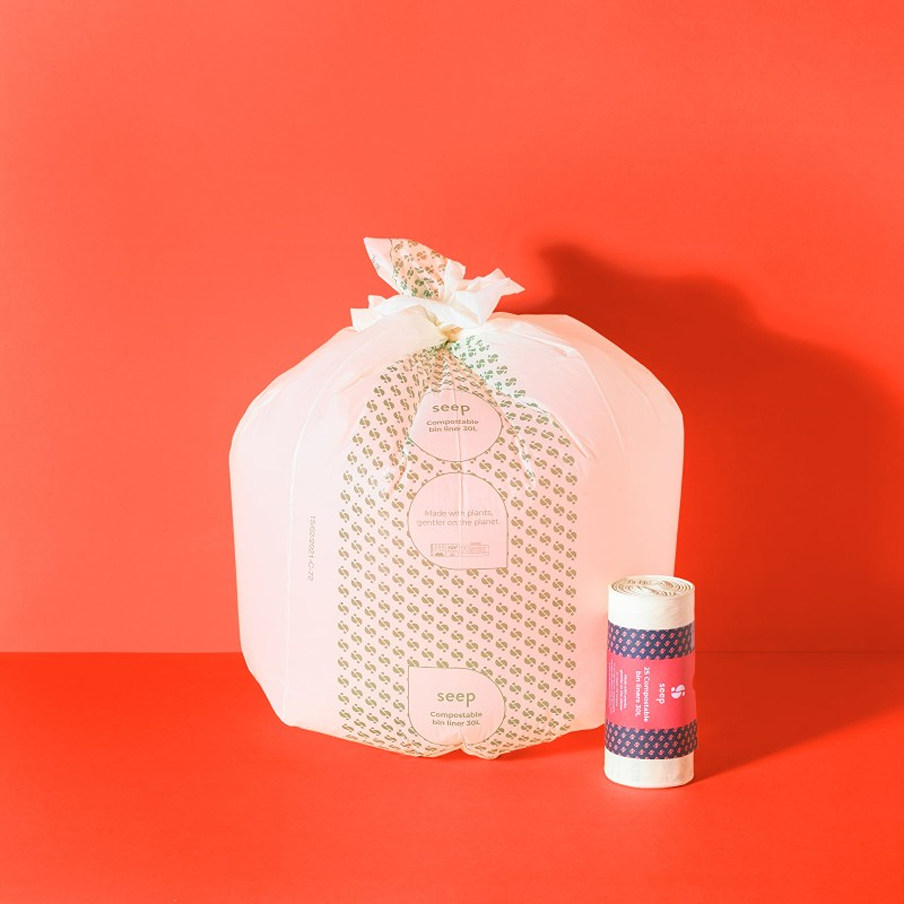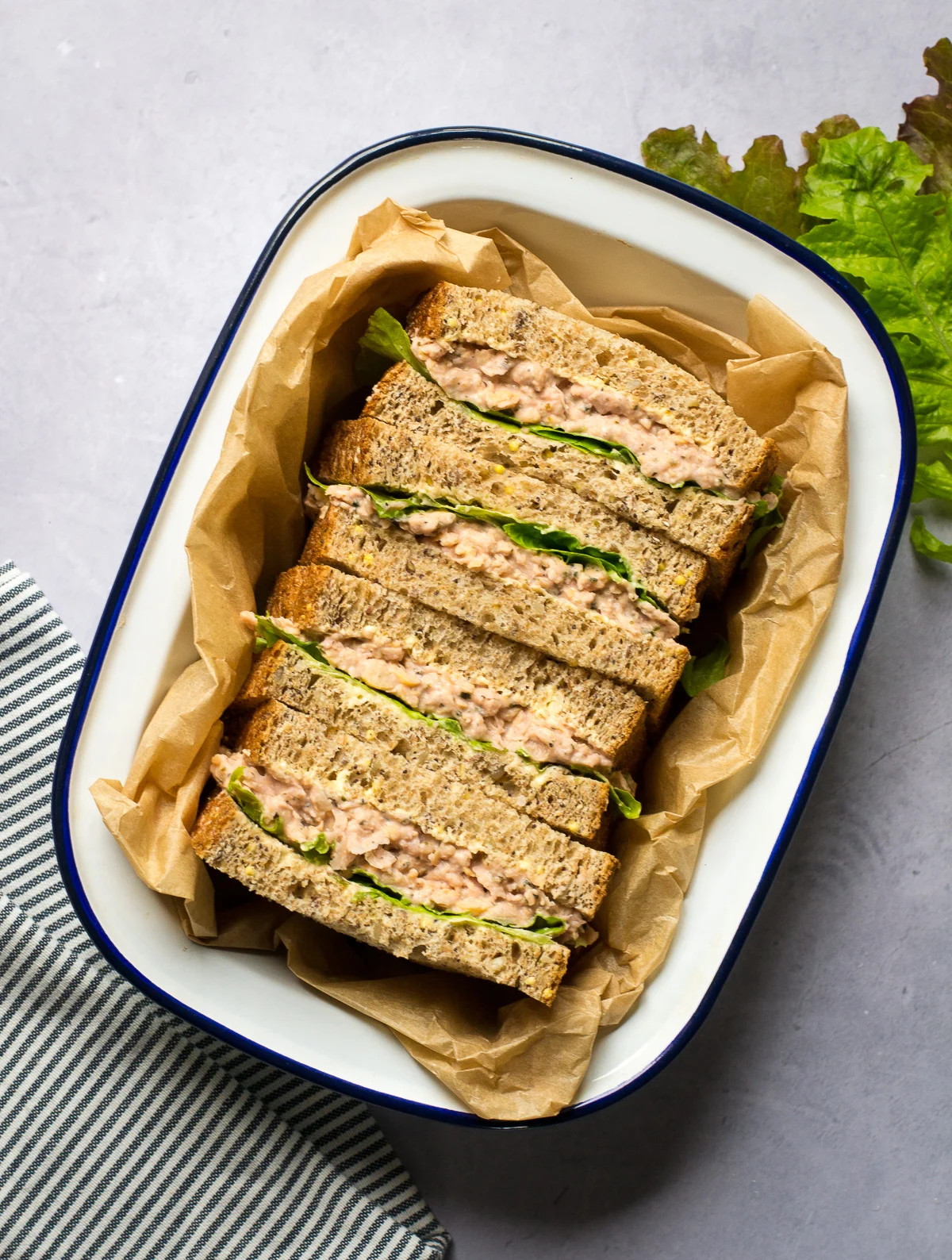How to Make Your Own Vegan Asian Recipes
An Easy Tofu Pad Thai Recipe

This easy pad Thai
Easy-Peasy Vegan Noodle Recipes

Noodles are on the menu for most people in England, as they are tasty, quick and easy to cook. Look in stores for rice noodles (no egg) and use them to make one of these super-simple recipes.
This easy broccoli noodle recipe (So Vegan) only need a few ingredients including fresh broccoli, red pepper, onions and Shiitake mushrooms. Made with fresh ginger and cooked in a blend of sesame soil, soy sauce, rice wine vinegar, sweetened with maple syrup.
If you like this kind of food, check out the cookbooks Vegan Ramen and Oodles and Oodles of Vegan Noodles!

These Sesame Noodles (Rainbow Plant Life) make a great quick weeknight supper dish. While the spring onions are cooking, make the sesame sauce (a blend of soy sauce, sesame oil, ginger and garlic) then cook and drain the noodles.
Then coat the noodles in sauce, and add spring onions and other vegetables, and serve with a little chilli sauce. Nisha says that if you can’t find Chinese sesame paste for this recipe, blend organic peanut butter and tahini.

Spicy Ramen (Jessica in the Kitchen) makes use of ready-made Ramen noodles (you can leave out the seasoning pack, and use fresh ingredients for better taste and nutrition).
Invest in some good toasted sesame oil if you like Asian dishes, it will then bring out the flavours of your fresh scallions, garlic and ginger. The sweet chilli sauce makes this dish the bomb!
Where to Buy Vegan Korean Food

Root Kitchen delivers Korean tofu noodles to your door. Or look in stores for Lazy Vegan’s Korean Noodles.







